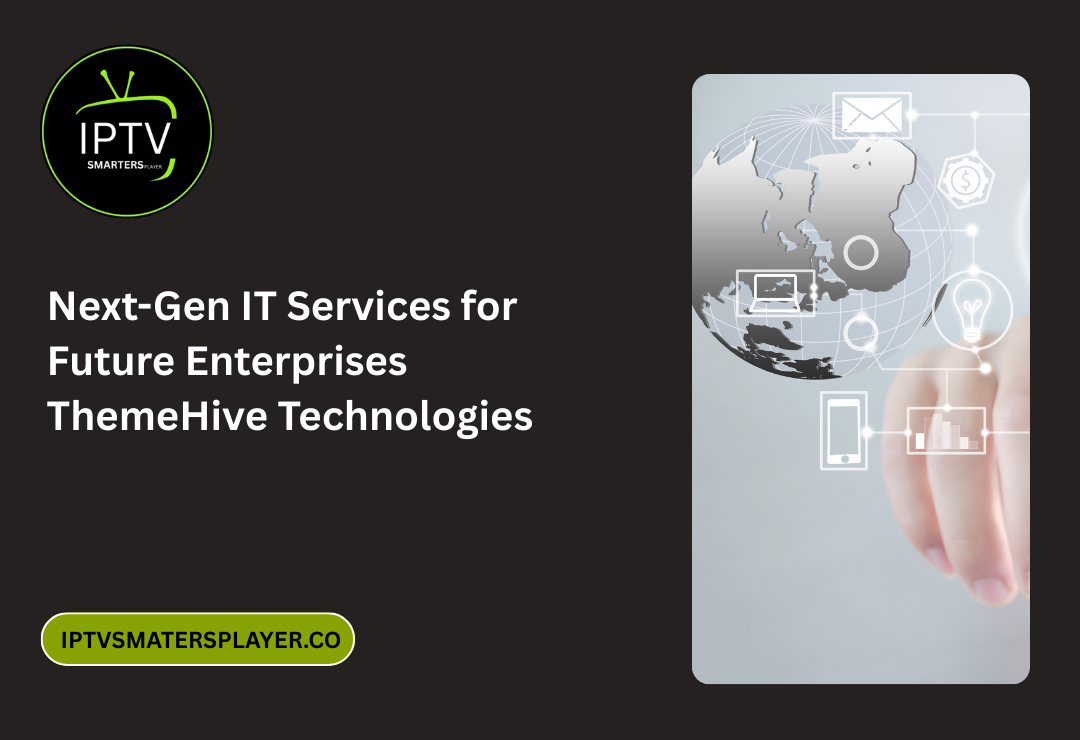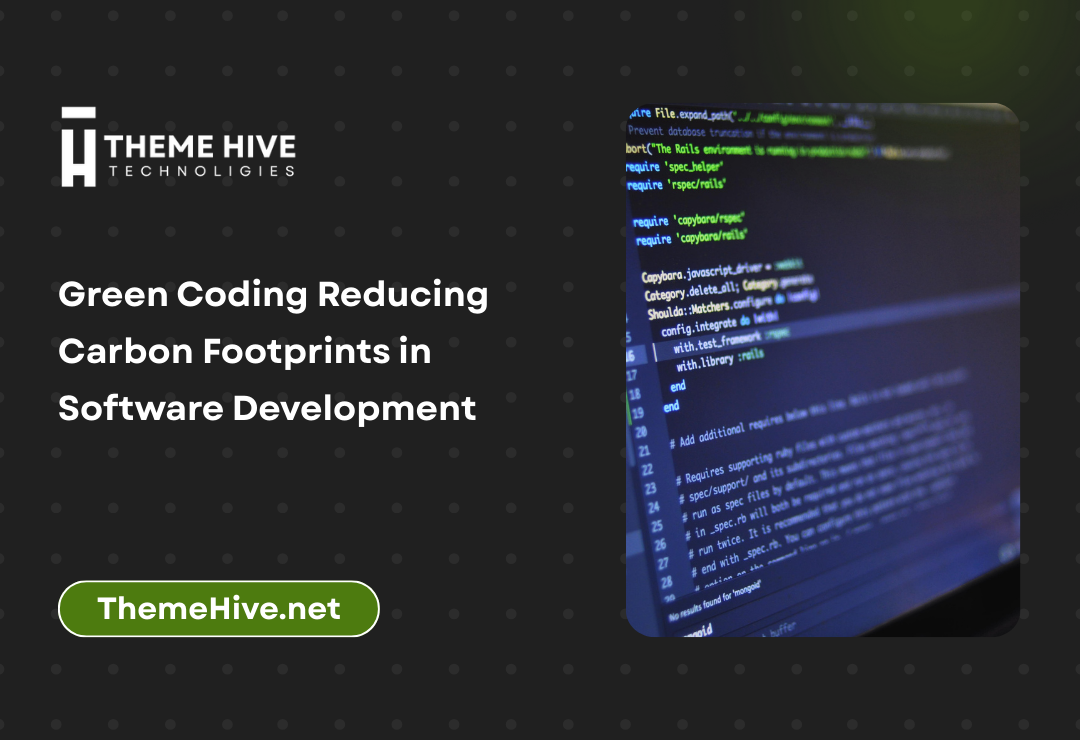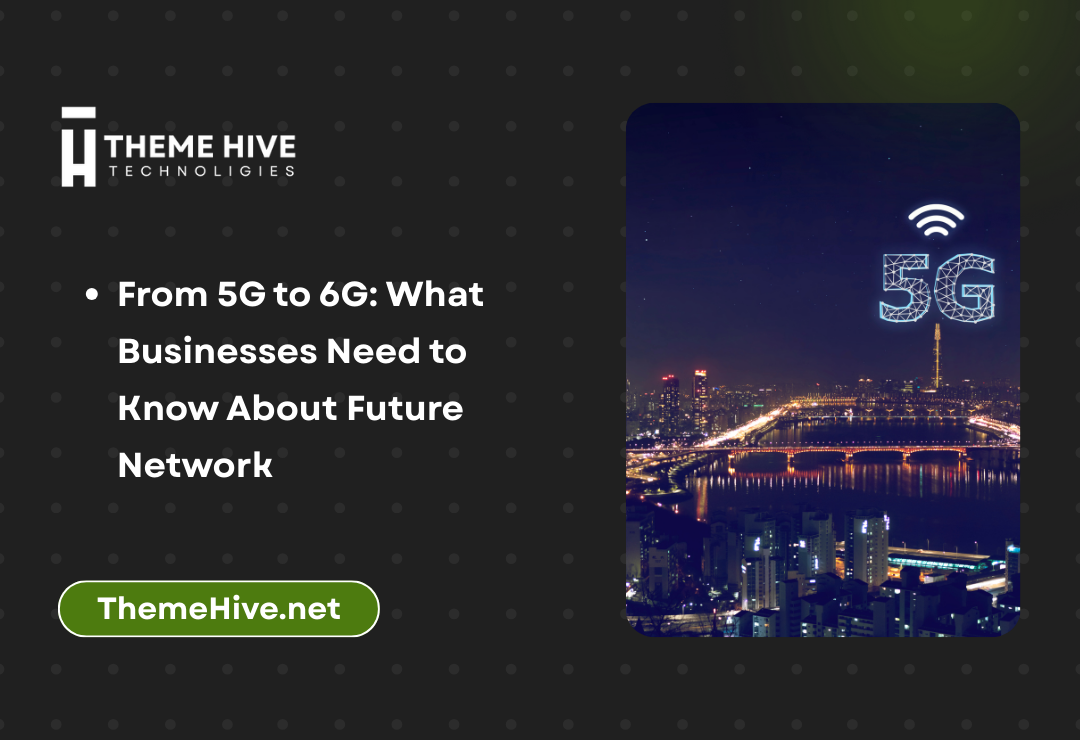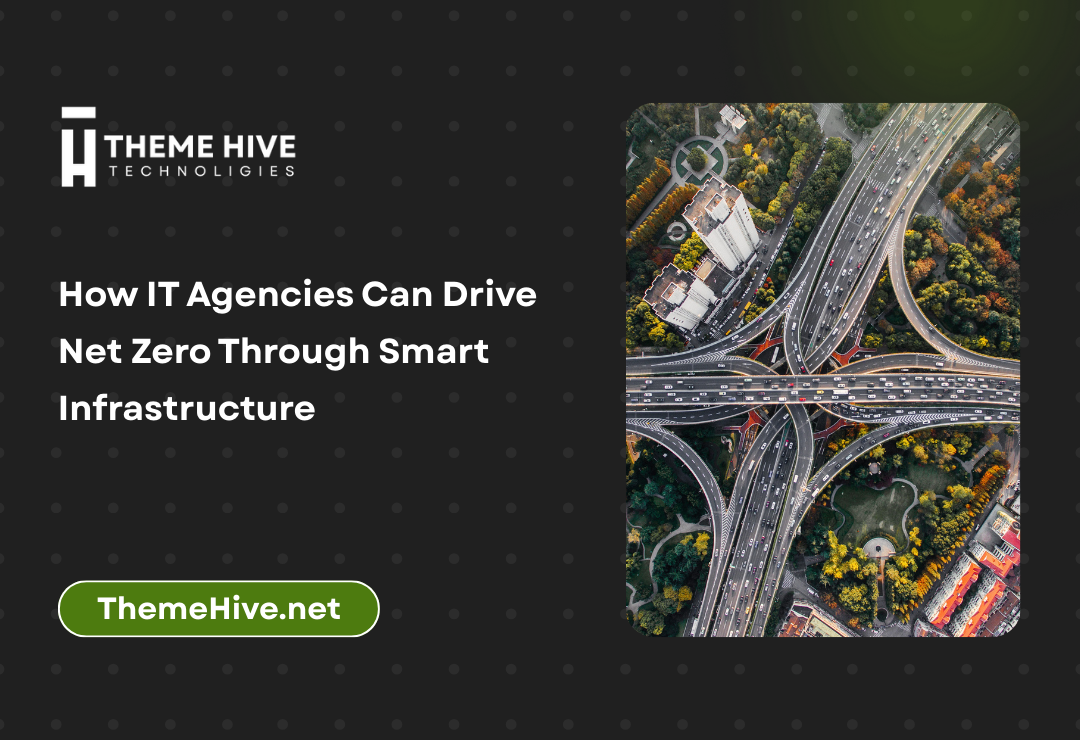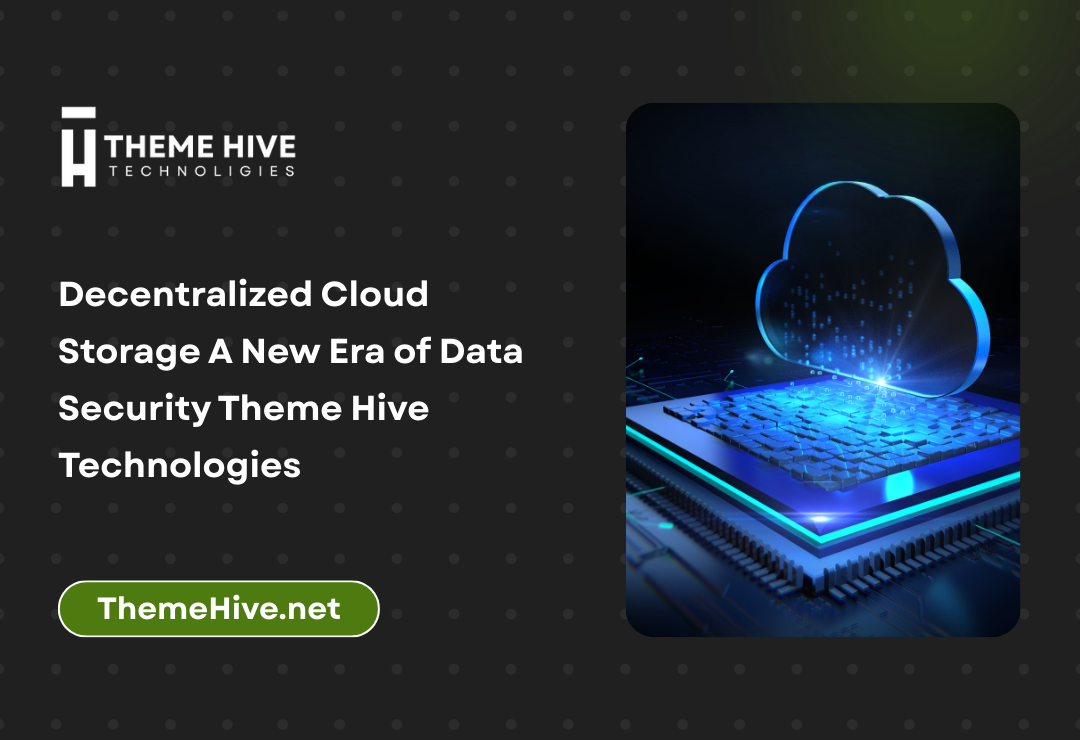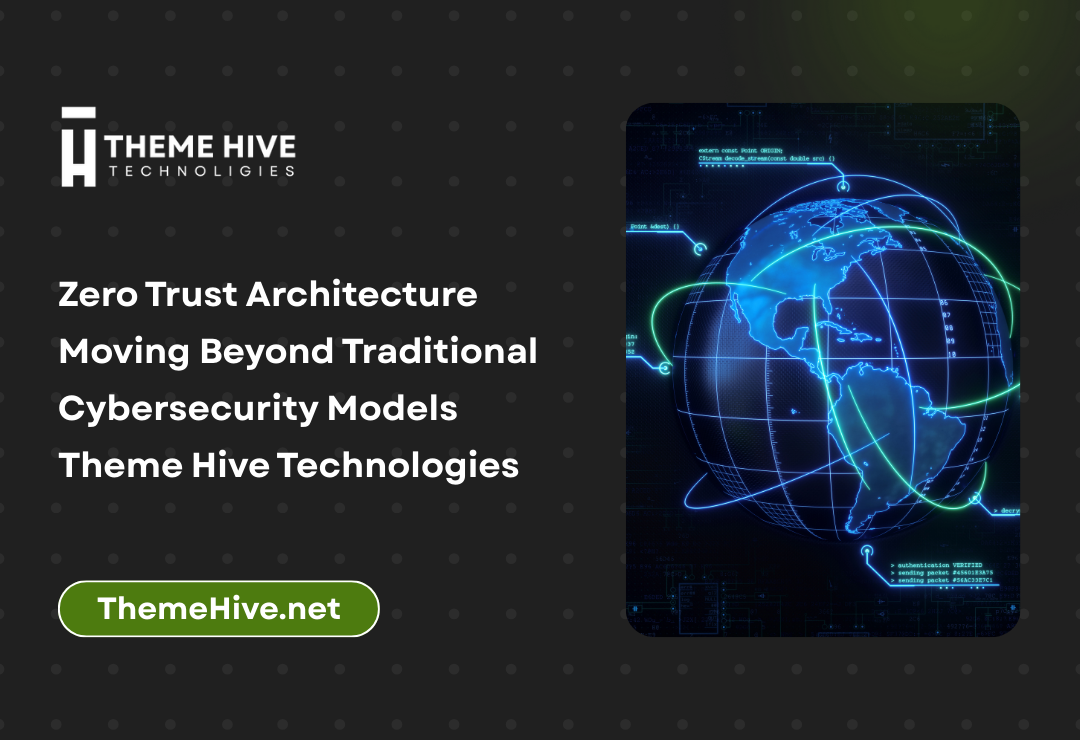The global business landscape is undergoing rapid evolution. Technology no longer just supports business operations; it drives them. Enterprises that want to succeed tomorrow must invest in next-gen IT services today. These services combine artificial intelligence (AI), cloud computing, automation, data analytics, cybersecurity, and digital transformation strategies to equip organizations for the future. For future enterprises, leveraging these technologies is not optional—it’s a necessity for competitiveness, efficiency, and growth.
This comprehensive guide will explore the critical areas of next-gen IT services for future enterprises, focusing on their applications, benefits, challenges, and strategic value. With over 3900 words of detailed insights, this article serves as a roadmap for organizations that want to thrive in a digital-first world.
1. Understanding Next-Gen IT Services
Next-gen IT services represent the shift from traditional IT support and infrastructure management to proactive, innovation-driven solutions. They integrate advanced technologies to anticipate business needs, enable scalability, and foster agility. Core characteristics of next-gen IT services include:
- Automation-first approach: Reducing manual intervention in repetitive tasks.
- AI and machine learning integration: Driving predictive analytics and intelligent decision-making.
- Cloud-first solutions: Offering flexibility, scalability, and cost efficiency.
- Security by design: Embedding cybersecurity measures into every layer of IT systems.
- User-centric models: Designing IT services to improve employee and customer experience.
Future enterprises adopt these services not just to save costs but to gain a strategic edge.
2. Drivers of Next-Gen IT Services
Several key factors drive the adoption of next-gen IT services:
2.1 Rapid Digital Transformation
Businesses across industries—from healthcare to retail—are transitioning to digital models. This acceleration requires IT services that can scale quickly and adapt to emerging demands.
2.2 Hybrid Work Environments
The shift toward remote and hybrid workforces demands advanced IT infrastructure for collaboration, security, and seamless access.
2.3 Cybersecurity Threats
With cyberattacks becoming increasingly sophisticated, enterprises must adopt next-gen security frameworks that use AI and automation for real-time threat detection.
2.4 Data Explosion
Data is growing exponentially, and enterprises need next-gen IT services to harness big data and analytics for better insights.
2.5 Customer Expectations
Customers expect real-time, personalized, and seamless digital interactions. Next-gen IT services help organizations deliver on these expectations.
3. Core Pillars of Next-Gen IT Services
3.1 Artificial Intelligence and Machine Learning
AI and ML are transforming IT services by enabling predictive analytics, automation, and personalization. Examples include:
- Predicting system failures before they occur.
- Automating customer support with intelligent chatbots.
- Analyzing large data sets for actionable business insights.
3.2 Cloud Computing
Cloud platforms such as AWS, Azure, and Google Cloud form the backbone of next-gen IT services. They enable:
- On-demand scalability.
- Cost efficiency through pay-as-you-go models.
- Seamless integration of SaaS applications.
- Cloud-native app development.
3.3 Cybersecurity 2.0
Traditional firewalls and antivirus solutions are no longer enough. Future enterprises require:
- AI-powered threat detection.
- Zero-trust security models.
- End-to-end encryption.
- Continuous compliance monitoring.
3.4 Edge Computing
Edge computing enables data processing closer to its source, reducing latency and improving performance. This is vital for IoT-driven industries such as manufacturing, logistics, and healthcare.
3.5 Automation and RPA
Robotic Process Automation (RPA) is revolutionizing back-office operations. Automating repetitive tasks frees human resources for strategic functions.
3.6 Big Data and Analytics
Data-driven decision-making lies at the heart of enterprise growth. Next-gen IT services utilize advanced analytics to:
- Enhance customer experiences.
- Identify new revenue streams.
- Optimize operational efficiency.
3.7 Blockchain Technology
Blockchain adds transparency, traceability, and security to business operations. Enterprises are adopting blockchain for:
- Supply chain management.
- Smart contracts.
- Digital identity verification.
4. Benefits of Next-Gen IT Services for Future Enterprises
4.1 Increased Agility
Future enterprises need to adapt to market changes swiftly. Next-gen IT services enable rapid deployment of solutions.
4.2 Enhanced Security
Proactive, AI-driven security measures protect enterprises from ever-evolving cyber threats.
4.3 Cost Optimization
Cloud solutions, automation, and pay-per-use models help reduce operational expenses.
4.4 Improved Productivity
Automation and digital tools improve employee efficiency and productivity.
4.5 Customer-Centricity
Enterprises can deliver hyper-personalized experiences, strengthening customer loyalty.
4.6 Innovation Enablement
By freeing resources and providing advanced tools, next-gen IT services fuel innovation.
5. Challenges in Implementing Next-Gen IT Services
5.1 High Initial Investment
Transitioning to next-gen IT services requires upfront costs for infrastructure, training, and integration.
5.2 Talent Gap
There is a shortage of skilled professionals in areas like AI, data science, and cybersecurity.
5.3 Cybersecurity Complexity
While advanced tools exist, securing hybrid environments and vast data landscapes remains a challenge.
5.4 Legacy System Integration
Enterprises often struggle to integrate modern IT solutions with outdated legacy systems.
5.5 Compliance and Regulations
Businesses must comply with global data privacy and industry-specific regulations while adopting new technologies.
6. Industry Use Cases of Next-Gen IT Services
6.1 Healthcare
- AI-assisted diagnostics.
- Telemedicine platforms powered by secure IT services.
- IoT-enabled health monitoring devices.
6.2 Finance
- Blockchain-based transactions.
- AI-driven fraud detection.
- Robotic advisors for wealth management.
6.3 Retail
- Personalized shopping experiences through predictive analytics.
- Smart inventory management.
- AI-driven customer support.
6.4 Manufacturing
- Predictive maintenance with IoT and AI.
- Automation in production lines.
- Supply chain transparency with blockchain.
6.5 Education
- Virtual classrooms and e-learning platforms.
- AI-driven personalized learning paths.
- Cloud-based collaboration for educators.
6.6 Government
- Smart city initiatives.
- Blockchain for public records.
- AI for efficient policy planning.
7. Roadmap for Adopting Next-Gen IT Services
Step 1: Assess Current IT Infrastructure
Evaluate existing systems and identify gaps.
Step 2: Define Business Goals
Align IT investments with organizational objectives.
Step 3: Prioritize Technologies
Adopt technologies that offer maximum ROI in the short term while planning for long-term transformation.
Step 4: Develop a Cybersecurity Framework
Implement a zero-trust model and AI-powered security.
Step 5: Upskill Workforce
Invest in training employees on emerging technologies.
Step 6: Collaborate with IT Partners
Work with technology providers and consultants to ensure successful implementation.
Step 7: Monitor and Optimize
Continuously measure the effectiveness of IT services and refine strategies.
8. Future Trends in Next-Gen IT Services
8.1 AI Everywhere
AI will become embedded in every business process, from HR to customer service.
8.2 Quantum Computing
Quantum computing will revolutionize industries by solving problems beyond the reach of traditional computing.
8.3 Hyperautomation
Beyond RPA, hyperautomation integrates multiple automation tools for end-to-end business transformation.
8.4 Sustainable IT
Green cloud and energy-efficient data centers will drive eco-friendly digital transformation.
8.5 Metaverse Integration
Enterprises may leverage metaverse platforms for collaboration, customer engagement, and immersive experiences.
8.6 Decentralized IT Models
Blockchain-driven decentralized IT infrastructures will gain momentum.
9. Case Studies
Case Study 1: Healthcare Enterprise
A leading hospital network adopted AI-driven diagnostics and cloud-based data systems. Result: Reduced patient diagnosis time by 40% and enhanced patient outcomes.
Case Study 2: Financial Services Firm
A global bank implemented blockchain and AI fraud detection. Result: 70% decrease in fraudulent transactions and faster payment settlements.
Case Study 3: Retail Chain
A retail giant introduced predictive analytics and smart inventory systems. Result: 25% improvement in supply chain efficiency and higher customer satisfaction.
10. Conclusion
Next-gen IT services are not just tools for optimization—they are enablers of transformation. Future enterprises must embrace cloud, AI, automation, and data-driven decision-making to stay relevant in a rapidly evolving digital world. While challenges exist, the benefits far outweigh the obstacles. The businesses that succeed in adopting next-gen IT services will lead industries, deliver unmatched value to customers, and secure long-term sustainability.
Internal Links
- Theme Hive IT Solutions
- About Theme Hive
- Theme Hive Services
- Theme Hive News & Articles
- Contact Theme Hive

